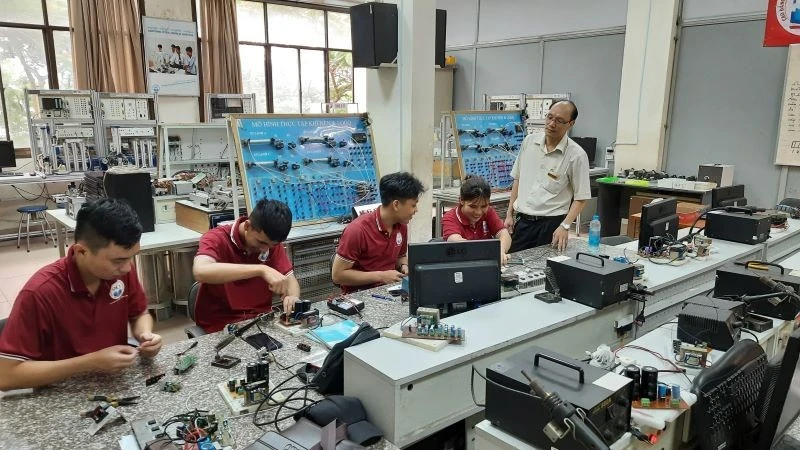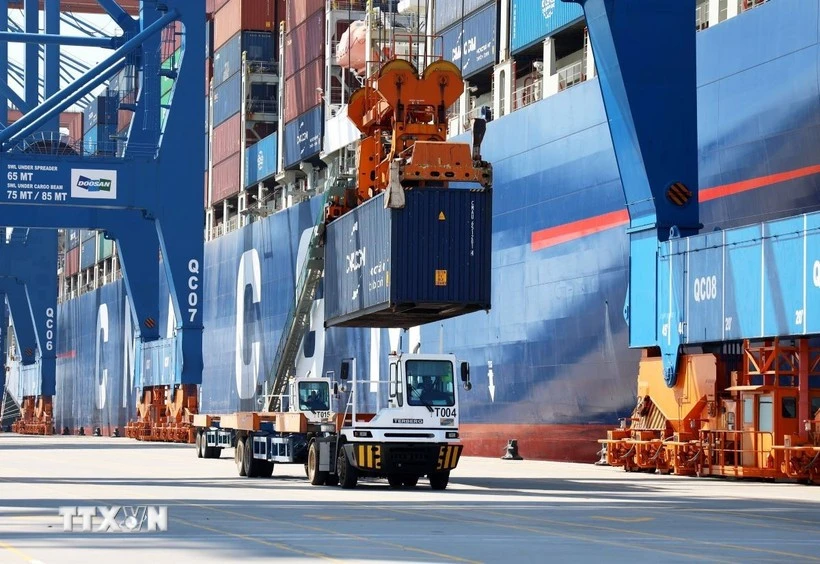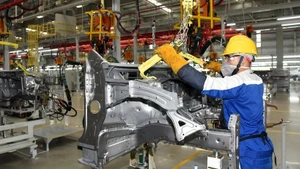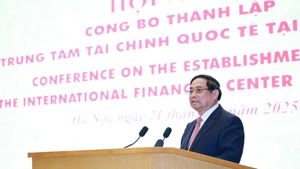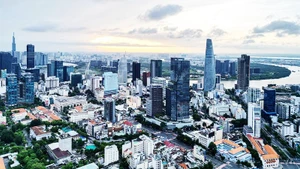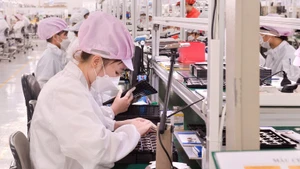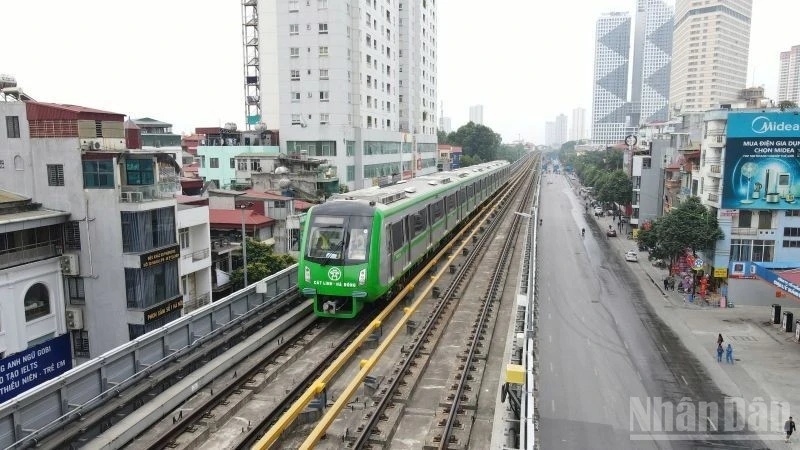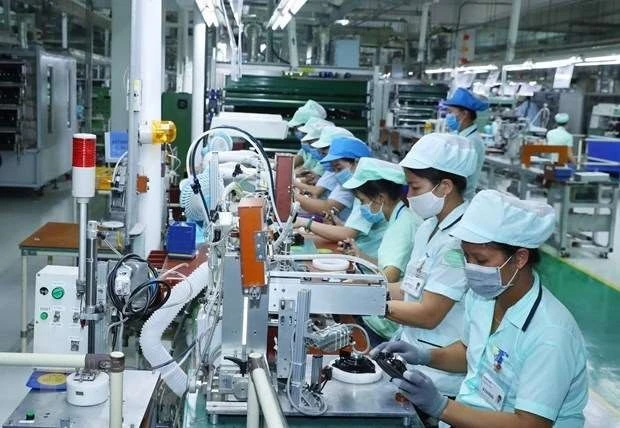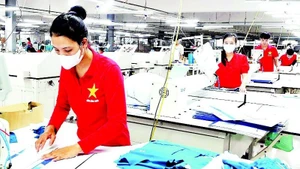Although recognised as one of the localities with the highest human resource quality in the country, Ho Chi Minh City’s workforce still falls short of the requirements for a knowledge-based economy and international integration, particularly lacking an elite group of talents capable of driving innovation and leadership.
Shortage of skilled workers
As Viet Nam’s largest economic hub, Ho Chi Minh City remains an attractive destination for workers nationwide. However, a paradox persists: amid global economic integration, the city is simultaneously experiencing a shortage of high-skilled human resources and a surplus of unskilled workers.
According to Dr. Vu Thi Mai Oanh from the Ho Chi Minh City Chapter of the Viet Nam Association for Human Resource and Talent Development, as the city transitions its growth model and restructures its economy toward sustainable development, cultivating high-quality human resources is a top priority and a strategic breakthrough.
For many years, Ho Chi Minh City has served as a trusted center for high-level workforce training in southern Viet Nam and across the country. With outstanding advantages in infrastructure, experienced educators, and a strong foundation in education and training, the city has become a preferred destination for learners, localities, and businesses seeking to “order” specialised training.

Experts note that as a major economic and cultural hub with diverse ownership models and economic sectors, Ho Chi Minh City enjoys a comparative advantage in attracting and utilising talents, including high-quality labour.
The city’s training system, with about 370 vocational and technical institutions, plays an essential role in producing skilled workers for its labour market. However, both corporate and public-sector human resources still face limitations in quality and adaptability.
The reasons stem from the broader context of Viet Nam’s developing economy and education system. Training programmes remain overly theoretical with limited opportunities for practical application; science and technology levels lag behind; and state management policies on talent development, governance, and retention are still slow to adapt—making it difficult to attract and retain top talent.
Comprehensive solutions needed
Aiming to build a workforce that meets labour market demands and supports economic restructuring, Ho Chi Minh City is focusing on developing highly skilled human resources through modernisation and international integration.
Accordingly, the city issued Decision No. 2673/QD-UBND on June 29, 2023, approving a plan to train and improve the quality of human resources to meet the needs of economic restructuring across sectors through 2025, with a vision toward 2030.
The plan’s overarching goal is to develop a workforce that aligns with market demands and the city’s economic transformation, emphasising the training of high-quality, internationally oriented labour to provide a skilled post-training workforce for both the city and the southern region.
The plan is closely linked with the Comprehensive Project on Training Human Resources to International Standards (2020–2035), covering eight key sectors: information and communications technology, mechanical engineering and automation, artificial intelligence, business management, finance and banking, healthcare, tourism, and urban management. The targets include raising the proportion of trained workers to 87% by 2025 and 89% by 2030.

Experts suggest that for Ho Chi Minh City to become a national and regional centre for high-quality human resource training, it must continue to reform education and training comprehensively, from goals and content to teaching methods, organisation, and governance, toward a modern and world-standard vocational education system. This includes expanding and rationalising the network of educational and training institutions to enhance the skills of technical workers and upskill unskilled labour.
The city has also been investing in building a high-caliber team of scientists and technical experts, expanding postgraduate education programmes (master’s and doctoral levels) to serve key economic sectors.
At the same time, the city has been introducing competitive incentive policies to attract domestic and international experts and researchers to work in innovation and technology application centers.
Furthermore, Ho Chi Minh City has been developing a standardised human resource competency framework for its leading industries, especially those identified as strategic breakthroughs, to facilitate digital transformation across all sectors.
This framework will define essential qualifications, technical skills, competencies, and personal attributes that workers must possess, serving as the foundation for workforce development planning.
According to Dr. Nguyen Thi Luyen from the Southern Institute of Social Sciences, the city must adopt a holistic approach, not only in education and training but also through policy reform and stronger coordination among businesses, training institutions, and workers themselves.
In education, she emphasised that beyond intellectual development, training must also cultivate “moral strength”—instilling discipline, resilience, a sense of dedication, and cooperative spirit for effective and sustainable labour productivity.
Training institutions, meanwhile, need to deepen collaboration with businesses in curriculum design, research, and teaching methods to better align with corporate needs.
